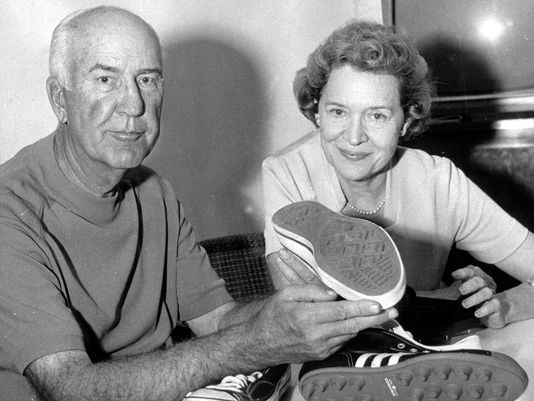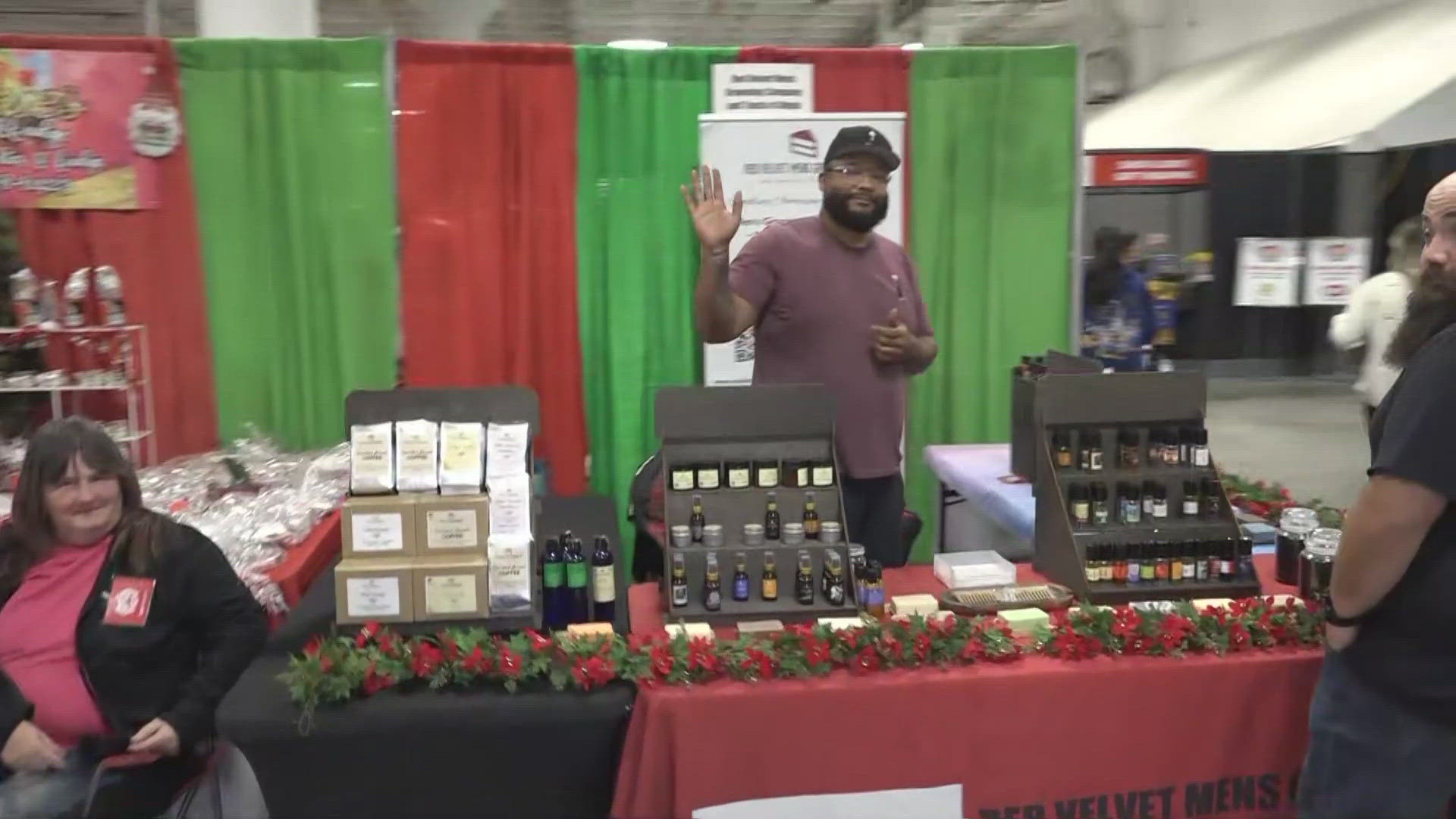To mark Indiana's bicentennial, the Indiana State Museum is featuring an exhibit called "200 Objects," which consists of widely varying items that represent Hoosierness. IndyStar is joining the celebration by highlighting an object a week during the exhibit's run.
It's possible that no other item in the history of the world has dominated two such vastly different environments the way Chuck Taylor sneakers have.
When first introduced in the 1920s by the Converse Rubber Shoe Co., the shoes — canvas tops with rubber soles and sold as high-tops or low-tops — represented the cutting edge in basketball shoe technology. Bob Cousy wore Chuck Taylors. Wilt Chamberlain wore them. Oscar Robertson, too. Generation after generation of hoops players from middle school to the NBA wore Chuck Taylors almost exclusively well into the 1970s. Leather shoes with better support made by Adidas and other shoe companies made them obsolete — as high-performance footwear.
But sales continued to be brisk. As jocks abandoned Chuck Taylors, musicians and artists embraced them. Chuck Taylors had entered their alt phase. Sid Vicious wore Chuck Taylors. Joan Jett wore them. Some of the Ramones wore them.
Arturo Vega, who helped manage the Ramones, once told Spin Magazine: "Chuck Taylors had that retro-trash-Americana thing, and punk-rock style was all about going back to the ’50s and pretending hippies didn’t happen."
Although nearly a century has passed since the introduction of Chuck Taylor shoes, you cannot visit any art school in the U.S. without encountering them again and again.
"We sell Chuck Taylors every day, all day," said Sean Billingsley, who co-manages a shoe store in Circle Centre Mall in Downtown Indianapolis. "I'd say 25 to 30 pairs a day, mostly women, teens through 30s."
Chuck Taylors come in a wide variety of colors, including camouflage and hot pink, but according to Billingsley, the biggest sellers are the white low-tops.
Deborah Jones-Graves happened into the store Friday, just as Billingsley was saying this and bought a pair of white low-tops and a pair of green low-tops for her grandsons. "They're stylish now," said Jones-Graves, 57. "But I thought they were always stylish."
Charles Hollis Taylor, born in Brown County in 1901, would have been flabbergasted. Taylor played high school basketball in Columbus and then played some pro ball back before pro ball was much of a thing. He is famous not because of his ball playing but because of his later role as a shoe salesman.
In 1921, after a stint with the Akron Firestones, Taylor went to work for Converse as a sort of travelling shoe salesman/basketball guru. He advised Converse, based in Malden, Mass., to make improvements to its shoe, such as cutting the fabric higher and making it stronger around the ankles.
The new design was a success, and Converse showed its appreciation by adding Taylor's signature to the canvas uppers.
Abe Aamidor, a writer and former IndyStar reporter, in 2006 wrote a biography of Taylor: "Chuck Taylor, Converse all star: The true story of the man behind the most famous athletic shoe in history" (Indiana University Press).
The Taylor family gave Aamidor a pair of Taylor's Chuck Taylors, the ones he wore as a middle-aged man around 1960. They are white low-tops. They look exactly like the ones Jones-Graves bought for her grandson Friday. Aamidor presented them to the Indiana State Museum.
Taylor died in 1969, so these may have been his final pair.


